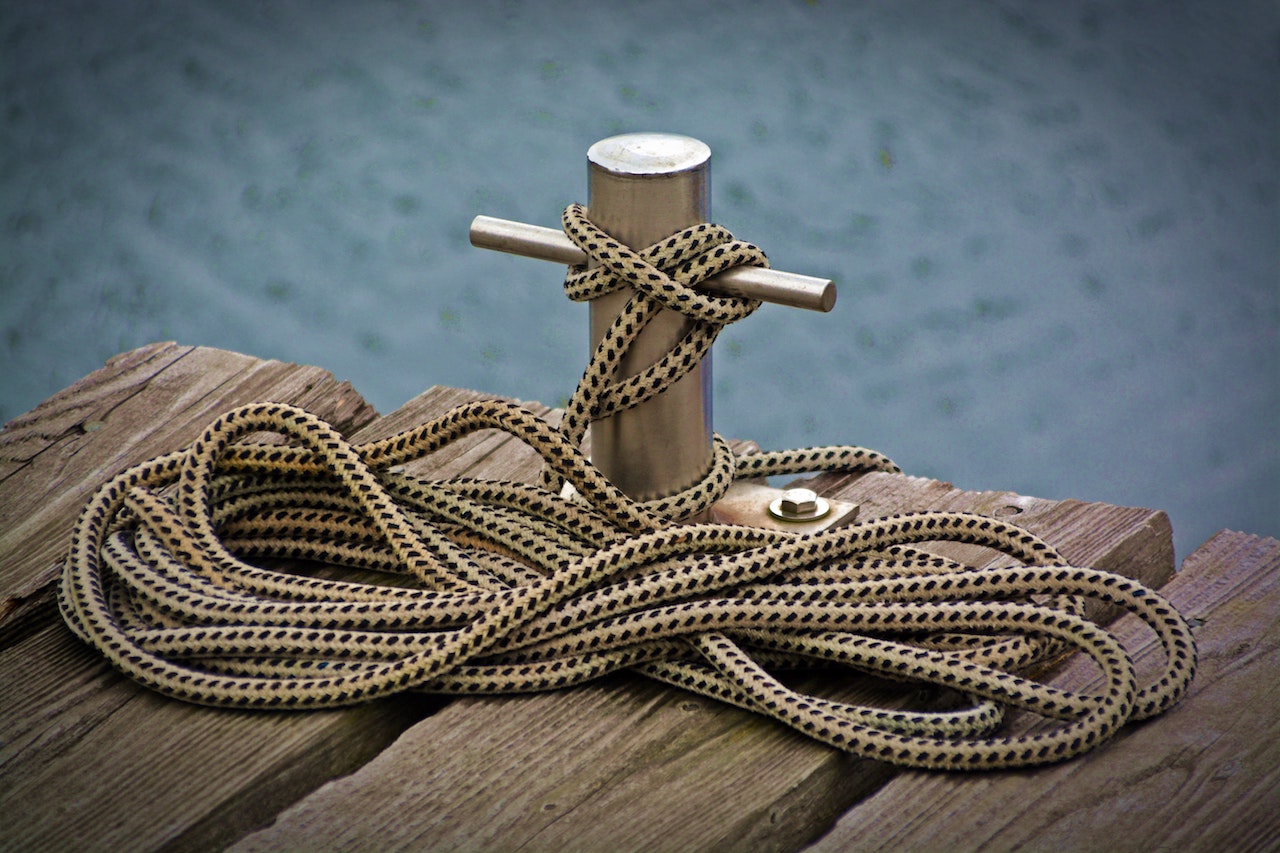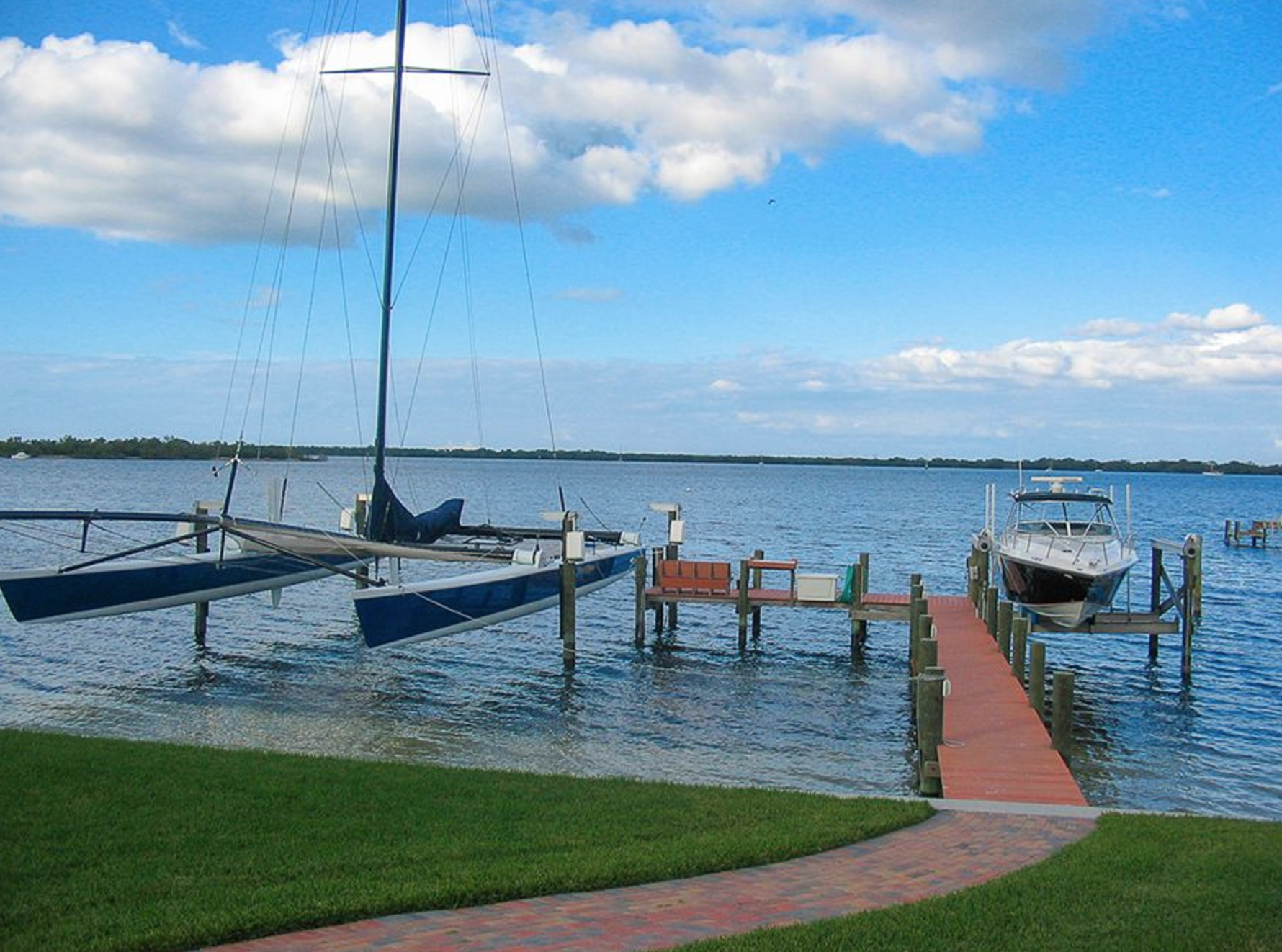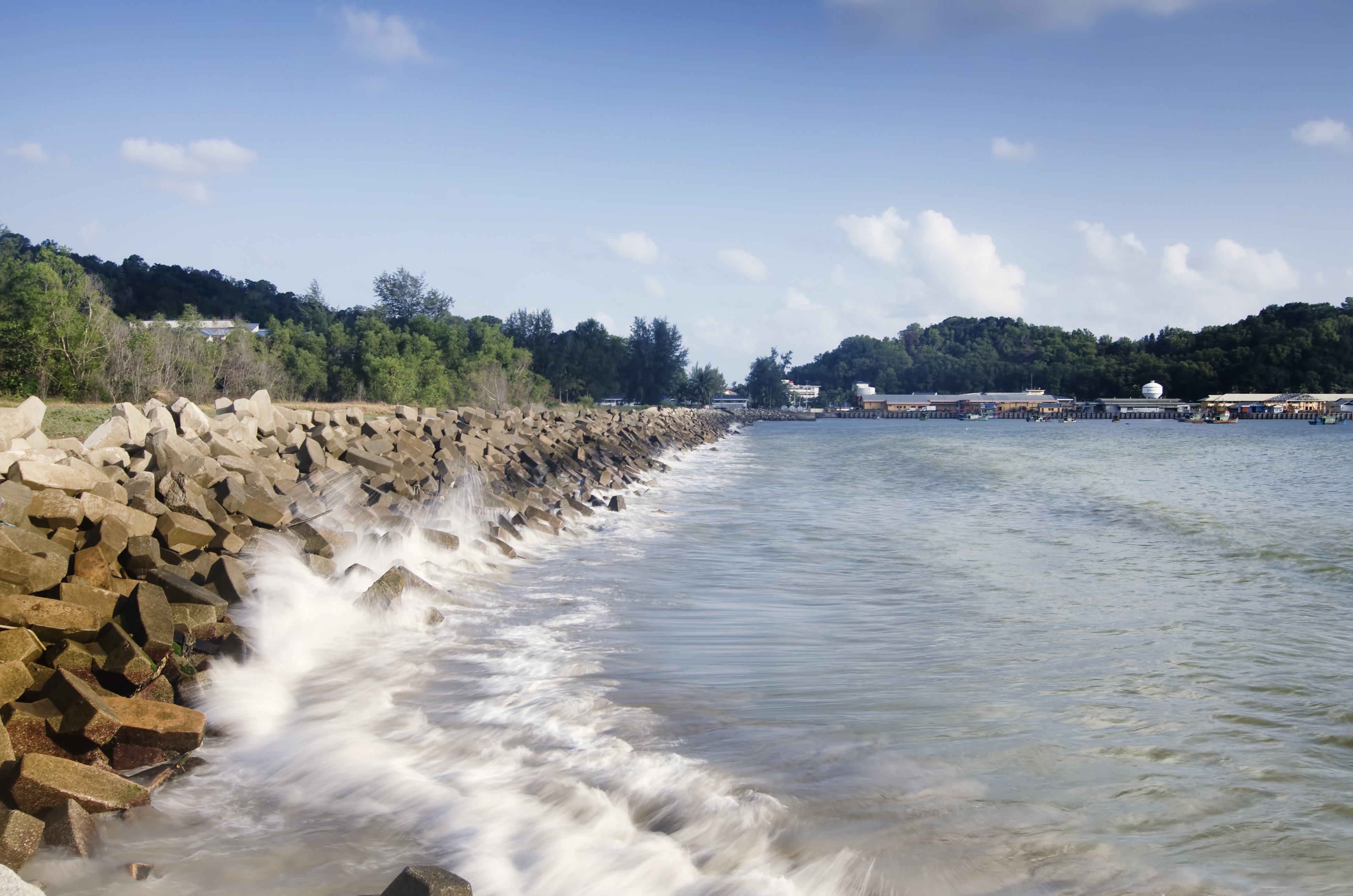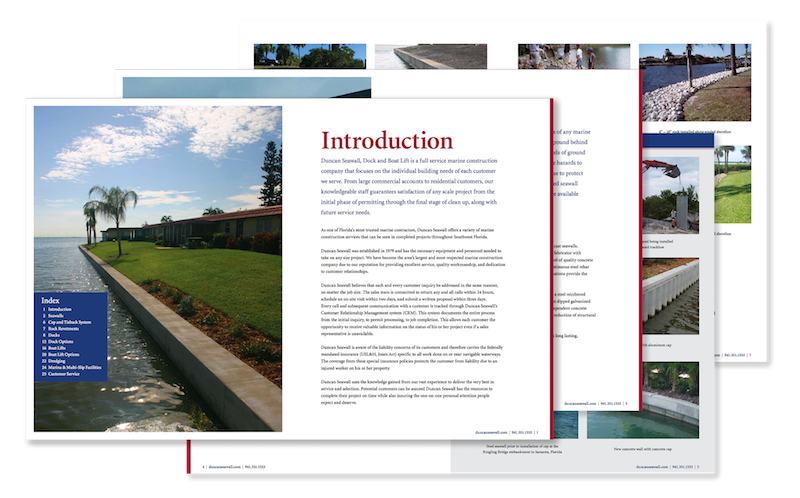Tying your boat up looks easy when the experts do it. The first time you try, though, can easily result in disaster. For example, charter fleets routinely lose dinghies to bad cleat hitches.
Related Blog: Boating Tips: Best Ways to Secure Your Boat to Your Dock
The Basics of Tying Your Boat
Here are some basic tips to remember when tying your boat up at your dock.
Tie Your Boat to Something Solid
Always tie your lines to something solid, on both the dock and the boat. On the dock, it depends on the type of dock you are tying up to, but usually you are using a cleat (those are the horn or t-shaped metal pieces you might see on the dock and on your boat. On the boat, tie your lines to areas with high structural integrity. The rail tends to be a bad idea.
Learn to Tie a Cleat Hitch Knot
Learn to tie a proper cleat hitch. Keep it simple, with only three turns. Extra turns don't help your boat stay tied and make untying a lot more difficult. Tying to a piling is slightly more challenging. Learn to tie a clove hitch or make a loop on the end of your line. Some lines come with loops.
Use the Smallest Number of Lines You Can
You should always have a stern or a bow line and at least one spring line - a line secured to the center of the boat. The configuration depends on your boat and the dock. It becomes easier once you know your boat. Too many lines reduces the freedom for your boat to move up and down and puts greater stress on your hull. Larger boats may need more lines and you may need to add an extra line if it is particularly windy.
5 Steps to Dock and Tie Your Boat
- Make sure your docking lines are secured to the boat. Depending on the design of the boat, you may have been able to just wrap them around the cleat and can unwrap them. Never pull into dock with your lines still wrapped or, worse, not anywhere close to the cleat.
- Slow down. Never approach the dock faster than you are willing to hit it. Only very experienced sailors should try to bring a boat into dock under sail. Use the auxiliary.
- Check the direction of the wind. If the wind is blowing toward the dock, bring the boat in parallel. If the wind is blowing away from the dock, approach the dock at a 20 degree angle. If docking in a slip, make sure to allow for sideways drift. It's not unknown to end up in your neighbor's slip, embarrassing if they are out and worse if their boat is there.
- Generally, you secure the bow line first. If the stern is being pushed out by the wind, put the engine in reverse after securing the bow line, this will push the stern into the dock.
- Secure the stern and spring lines as needed. Never fend with your hands or feet. Never power down until the boat is properly secured, with all lines tied. Anyone not involved in docking should stay in the boat until it is secured.
It is a good idea to practice docking, especially when you are new or have a new boat. Docking disasters can result in hilarious anecdotes, but they can also cause injury and damage to your boat. The exact technique you use may vary and you need to learn your boat. (If you are chartering, have them demonstrate the docking technique to you two or three times, even if you are experienced sailor).
Proper docking can be a thing of beauty. Improper docking can be a disaster, so learn how to dock and tie properly before you go out on your own.
If you're looking to build your own dock to house your boat, contact us today to speak with a marine construction expert.










